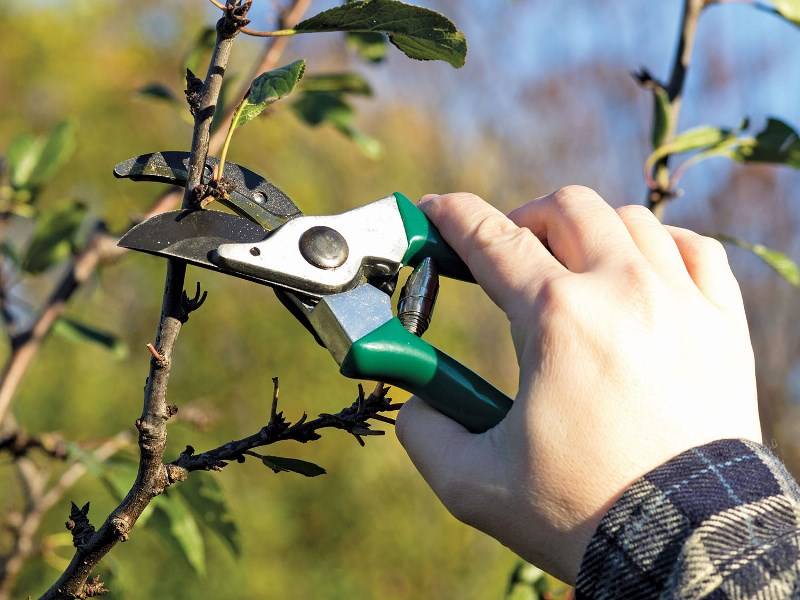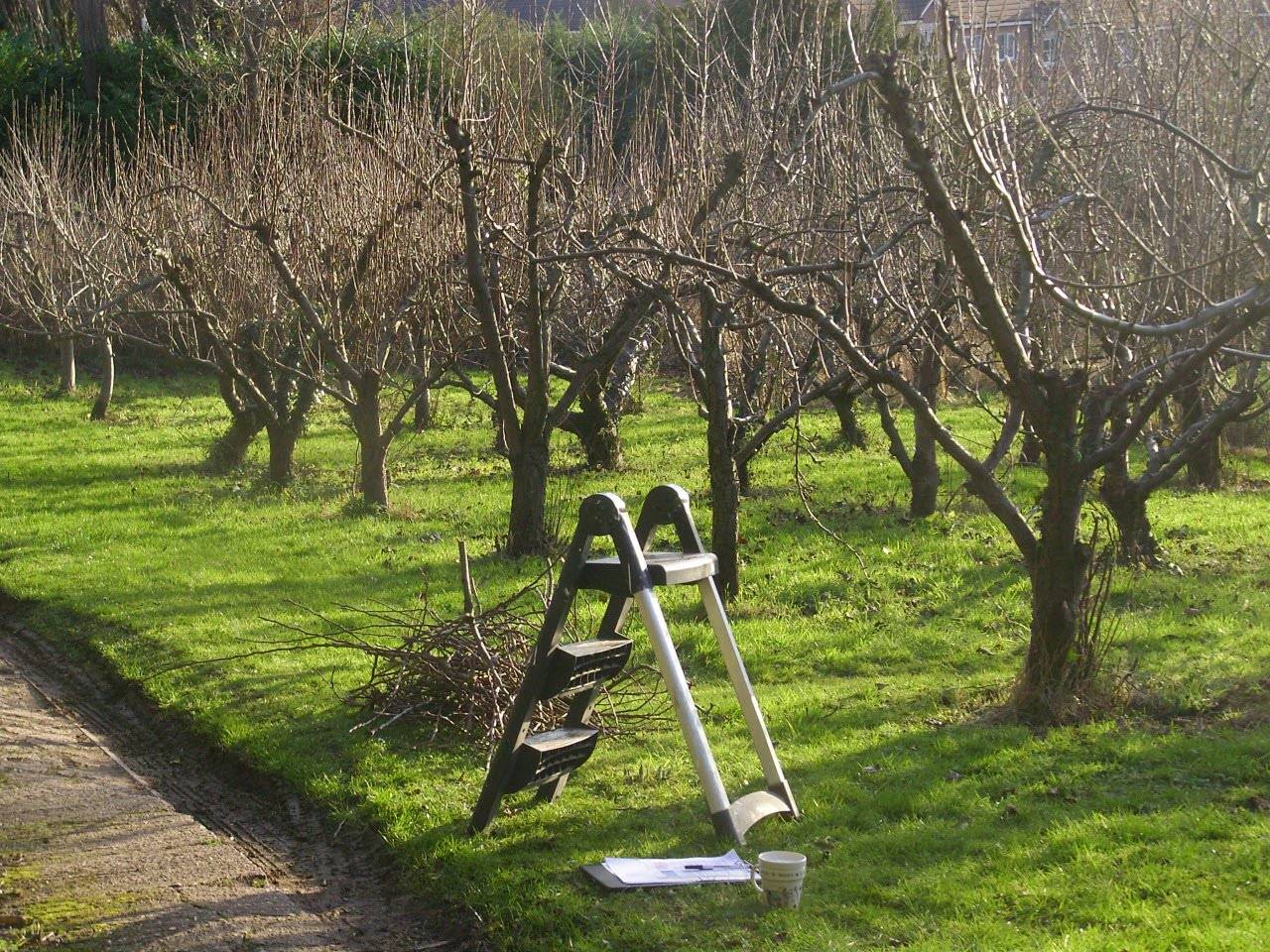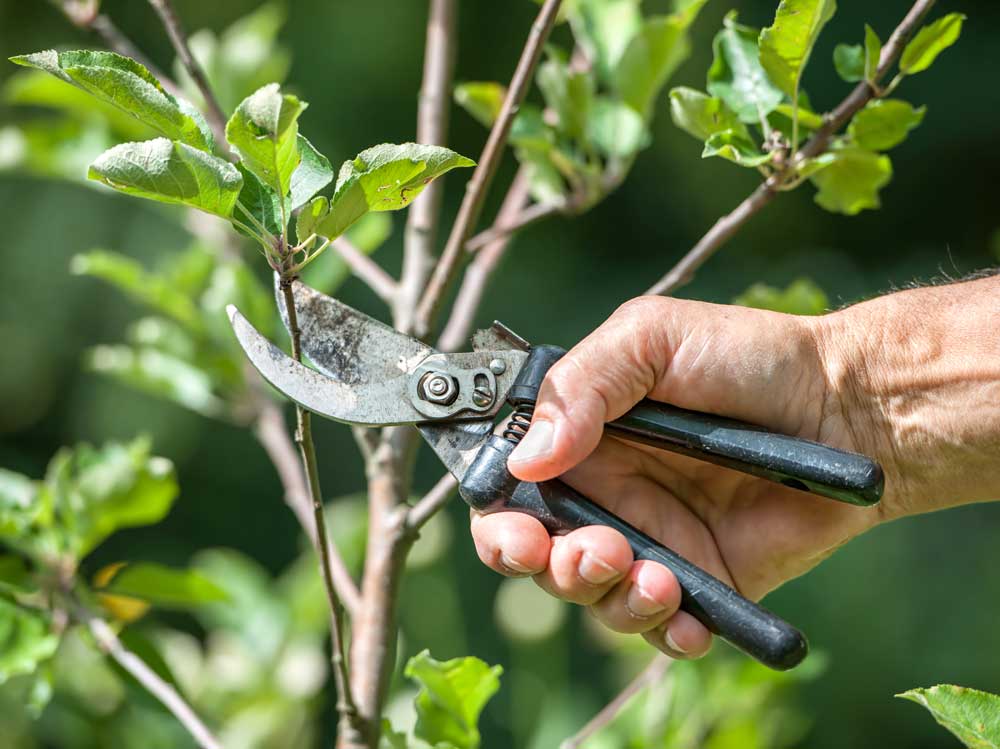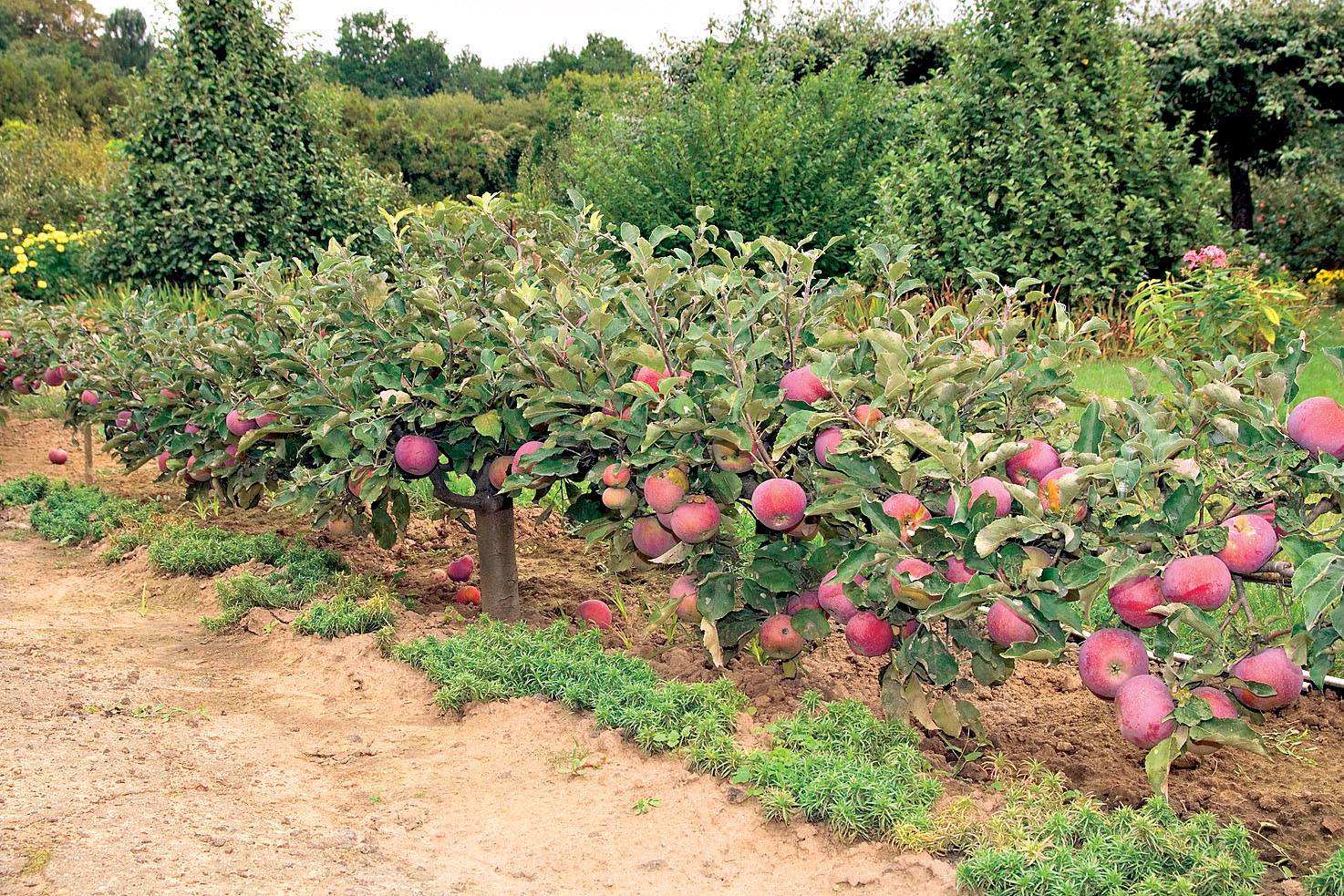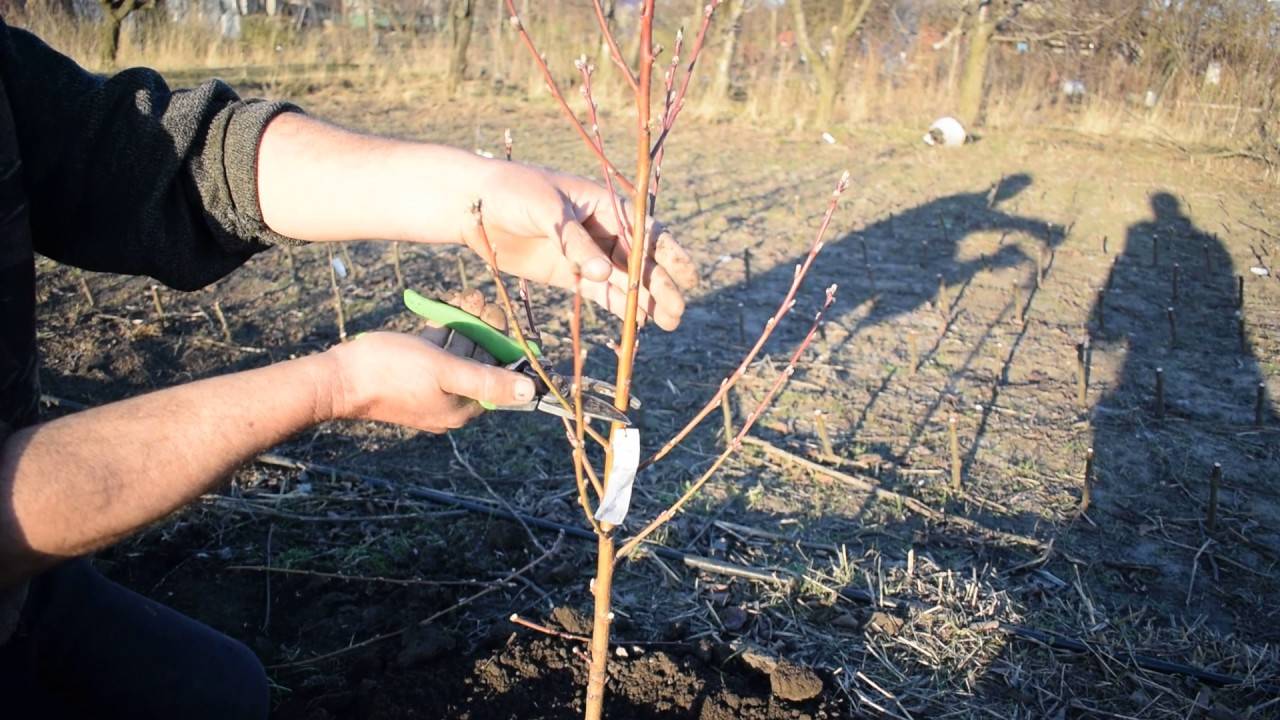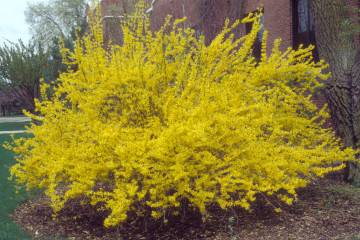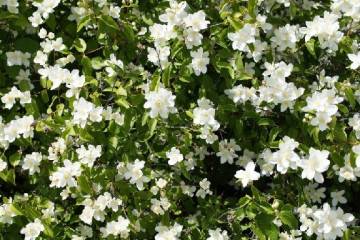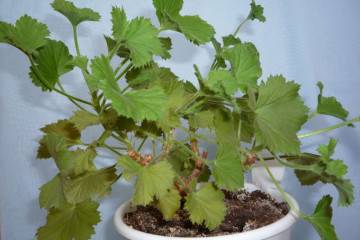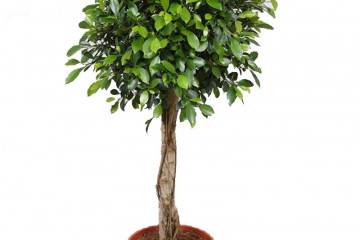Pruning trees - how to properly prune fruit seedlings in spring
Content:
- Pruning orchard trees: tips for novice gardeners
- Types of fruit tree pruning: sanitary, shaping and rejuvenating
- Safety precautions for pruning fruit trees
- Choice of tools and equipment
- Cutting technique that allows you not to injure the tree
- Why is it better to turn to professionals
- Features of pruning fruit trees
Pruning trees is a procedure that has a significant impact on the condition of the vegetation in the garden. Questions about how to properly prune trees arise for many summer residents and gardeners for a reason. After all, high-quality pruning will help maintain the health and appearance of garden trees, as well as improve yields. It will also contribute to a more effective regulation of metabolic processes inside trees, will allow the redistribution of vital resources in the direction of the weakened parts of plants. A competently performed procedure will allow each branch of the tree to receive the optimal amount of solar energy and expand its own space without interfering with other crops.
Pruning orchard trees: tips for novice gardeners
In this difficult process, the main thing is to adhere to the recommendations of experienced ones:
- do not use a saw. The procedure for cutting off unnecessary parts of the plant should be annual. It is best to produce it with a pruner;
- literacy of cut shoots. For a gardener to be successful, he needs to understand how to properly prune fruit trees. Mechanical precision is important. Slices should be done a couple of millimeters above the kidney at an angle of 30 °;
- the correct cut of the branches. In order for the cut to grow with new bark, it needs to leave enough room for "maneuver". Too short stumps will not be able to give birth to new shoots;
- removing concurrent branches. Removing a strong branch with a sharp upward angle will take some skill. Usually the cuts are made at the level of the fork;
- sawed down heavy thick branches. Thick and heavy knots are not always easy to remove as they tear off the wood and bark when dropped. Therefore, first you need to secure the lower part - file a third. After that, it is already possible to cut from above, retreating a certain distance from the trunk. With this approach, the twig can separate very quickly and painlessly for the tree;
- bark rot treatment. The procedure for handling rotten bark should not be ignored. In fact, these are resuscitative surgical interventions that save trees from serious diseases.
Types of fruit tree pruning: sanitary, shaping and rejuvenating
There are some divisions regarding the pruning procedure, so it is logical that it is divided into types. The gardener must have an idea of which of the procedures should be used in a particular case. It is important to remember that different types of branch deletion involve different time periods and different techniques.
Crown formation
The purpose of this type of pruning is to form an optimal crown type for young trees. The procedure performed on time will speed up the initial stage of flowering and facilitate the care of adult plants. With proper formation, the plant will have good lighting and decorative qualities.In addition, the likelihood of fractures and painful lesions will decrease.
An equally important goal of this type of pruning is to form a beautiful crown. This effect is achieved by removing the aging part of the tree, which contributes to the intensive development of young growth.
Formative pruning is often referred to as the creative process. As such, there is no general set of rules, so each specific case requires an individual approach that takes into account a number of plant characteristics. The periodization of the procedure depends on the intensity of the development of the tree: fast-growing crops will need annual pruning, and slow-growing crops - once every 3 years.
Sanitary pruning of fruit trees
This type of pruning should be carried out when it is necessary to remove damaged, broken, dried or infected branches. A properly performed procedure will not allow the disease to spread to healthy parts of the plant. This will keep the trees healthy and give them a chance for normal development in the future.
Sanitary pruning is acceptable in any period of the year. The only condition is the stability of the positive temperature. This problem is especially acute in the case of neglected trees that have not been pruned for a long period of time.
In one approach, it will not be easy to carry out the entire range of necessary work, therefore, first of all, sanitary manipulations are performed, and over time, when the tree becomes an adult and needs rejuvenation, it will be possible to perform the appropriate procedure.
Purpose of anti-aging pruning
This type of pruning is carried out to stimulate the renewal of plants that have lost the energy for development and adequate fruiting. Indicators that the tree needs pruning will be developmental weakness and reduced yields. There is no need to wait for the moment when the problem situation approaches a critical point; pruning should be carried out in the event of the first signals of plant aging.
The result of rejuvenating pruning is a restored balance of growth and fruiting. The procedure involves vigorously pruning old branches to maintain good leafy young shoots. This will allow the stronger parts of the plant to renew the base of the plant with their energy.
Safety precautions for pruning fruit trees
Safety regulations:
- regularly sharpen garden tools;
- store tools in specially designed cases;
- when pruning tall trees, use a stable ladder or stepladder;
- when working on stairs, pick up shoes with grooved soles;
- do not use a wet or damp ladder.
Choice of tools and equipment
The gardener will need:
- garden knife. With this tool, you can cut thin young branches (up to 10 mm), remove overgrowth and clean out wounds;
- secateurs. Designed to remove 10-25 mm branches. With pruning shears, you can trim the crown, cut the cuttings of young shoots and trim off dead plant parts;
- lopper.Used for pruning 25-50 mm tall branches. This tool can also thin out small shrubs;
- hacksaw and saw. Used for cutting branches with a thickness exceeding 30 mm;
- chopper. Designed for shredding wood scraps. There are electric and gasoline shredders.
Cutting technique that allows you not to injure the tree
To avoid injury to the tree, the following sawing technique should be followed:
- Cut off part of the trunk (trunks up to 2 m are considered the optimal height). The saw cut should be in the area above the upper skeletal branch (1-2 cm above it).
- Remove shoots that grow inside the crown. A regular tree has a bowl-like shape - a cavity on the inside and branches on the outside.
- Cut off the excess from the lateral skeletal branches, the optimal length of which is 2.5 m.
Why is it better to turn to professionals
So that the manipulations done do not lead to the death of the plant, the work should be entrusted to specialists, since even a small mistake made during the operation can negatively affect the subsequent life of the plant. The involvement of an experienced person will help to avoid many oversights, both in determining the problem and in choosing the applied technique.
Features of pruning fruit trees
When pruning fruit trees, you need to remember the following important rules:
- after pruning, there should be no split cuts or hemp;
- it is better to pinch the branches in advance than to form them later;
- you need to cut off dry, broken and affected areas of the branches;
- shorten the shoots above the bud at an angle so that no stump remains;
- weakened plants are pruned strongly, healthy trees lightly;
- branches should be removed with well-sharpened pruners and loppers;
- a clean tool does its job better.
When and which trees in the garden can be pruned
What trees can be cut and when:
- apple trees. Most often, the procedure is carried out during the spring awakening;
- pear. In autumn, it is allowed to remove branches only if the temperature is above zero. In case of early frosts, the procedure is postponed to spring;
- plum. Pruning of trees is done in the spring, but if necessary, it can be done in the fall;
- cherry. Usually, the procedure itself is carried out in 2 stages: the first - in November-December, the second - in late spring or early summer;
- sweet cherry. A tree is formed in the spring, sanitary manipulations are performed in the fall.
At what age should fruit trees be pruned
The procedure for forming a garden tree is often planned already in the first growing season of the culture in the garden. At the same time, already in the first year, it is necessary to highlight the skeletal branches in order to direct the development of the base in the right direction.
How to properly prune a seedling to get more harvest
Pruning of seedlings, as a rule, is carried out in one of two ways - climatic or shortening. The climatic method implies ring-shaped removal of shoots at the base. In this case, deformed, frozen, dried and thickening branches are cut off. When shortening, parts of the fruiting branches are removed. This allows the shoots to be more massive and slows down the aging process.
How to prune peach and apricot
Just like other fruit trees, the peach is allowed to be pruned at any time of the year, of course, not counting the winter. In the spring, trees can be put in order immediately after the end of wintering - already in March. Usually, gardeners correct the shape of the crown, remove frozen parts, rejuvenate the tree by performing the appropriate type of procedure.
Apricots are also processed all year round. In the spring, a thorough - shaping, sanitary, and, if necessary, rejuvenating procedure should be performed. In the summer months, pruning is only necessary if there is a danger of branches breaking under the weight of the crop. Autumn processing of garden trees is needed to prepare the apricot for winter.
Thus, it is important to remember both the pruning technique and the timing of the procedure, because they may differ depending on its type. In order not to forget to put trees in order in time, it is recommended to draw up a personal scheme and a calendar for pruning fruit trees.


